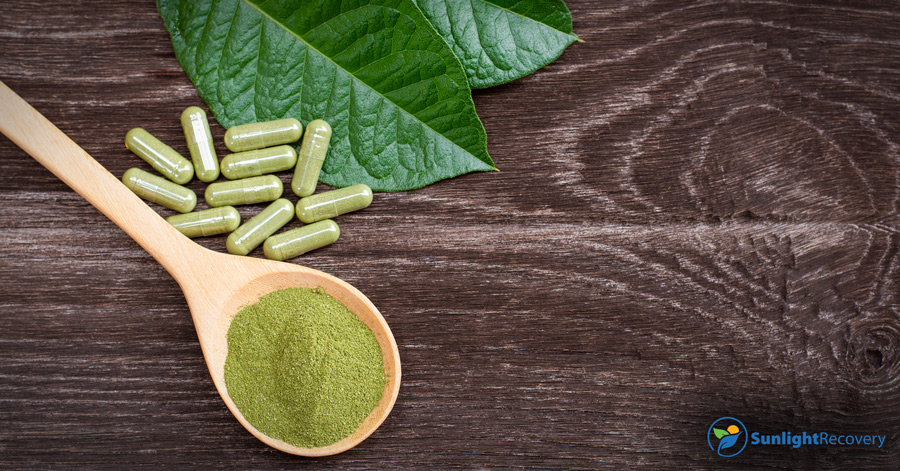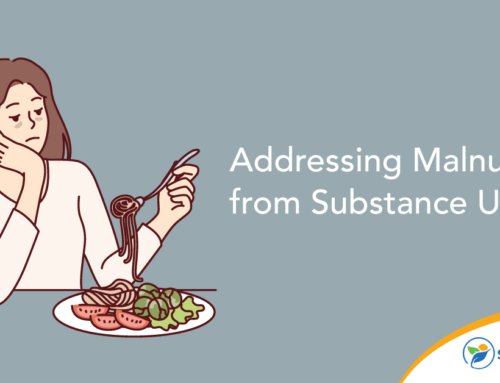The kratom plant is an evergreen tree in the coffee family, native to Southeast Asia. Traditionally used by indigenous farming communities to help combat fatigue, increase work productivity and treat various health conditions, kratom has a variety of effects that range from a stimulant to a sedative, depending on the dosage.
Kratom tea has become a popular “legal high” in the United States and Europe over the last decade. However, there isn’t enough peer-reviewed research into the plant to understand whether there are any real benefits to using it as a therapeutic drug, and its side effects may affect the liver and other organs in the body.
So, how hard is kratom on the liver? With numerous side effects and little data to work off of, its use remains strongly discouraged by the FDA to avoid the risk of kratom liver damage and other consequences.
What Is Kratom Tea Good For?
Kratom tea is sold as a natural, plant-based dietary supplement. It’s been described as effective in helping with a number of different problems, illnesses and ailments, including:
- Boosting energy
- Enhancing mood
- Relieving pain
- Suppressing appetite
- Stopping cramps and diarrhea
- Treating panic attacks and low mood
In traditional Southeast Asian medicine, farmers chew kratom leaves to boost their physical and mental energy and, in turn, work more efficiently.
In low doses, users describe experiencing increased alertness, euphoria and even sexual arousal, while in higher doses the pain relief and sedative effects are calming.
Types of Kratom Extracts
Users can purchase kratom as a liquid extract or powder from a constantly growing and unregulated market.
Liquid kratom is extracted from kratom leaves, while powdered kratom is a finely ground powder made from dried kratom leaves. Because of differences in concentration, the dosages of liquid kratom and powdered kratom may vary.
Does kratom damage the liver? Liquid kratom is more concentrated and may require smaller doses compared to powdered kratom — which also means it’s at higher risk of being abused. Another popular form of kratom supplement is a capsule filled with the powder form of the drug.
Is Kratom Legal?
Kratom isn’t currently listed under the Controlled Substances Act or FDA-approved for any medical use.
The legal status of kratom makes it difficult to assess how much of a problem it really is. In CDC figures for drug overdoses, findings for kratom depended on whether the mass spectrometry and other tests used were set up to recognize the chemical composition of kratom tea. The latest relevant figures from the CDC are from 2017 and show that kratom was a factor in 0.56% of drug overdoses from July 2016 to December 2017.
Of the reported deaths where kratom was found in the toxicology reports, 59.9% of deaths were caused by kratom, although the decedents had a known history of substance misuse and evidence of other drugs used as well.
This is part of the problem with kratom use. Because it’s an uncontrolled substance, preparations have differing levels of psychoactive ingredients. This erratic pharmacology makes it difficult to assess how much you’ll be taking and even harder to assess how much it can take to overdose. Even without taking too much, the harmful side effects of kratom are unpredictable and problematic.
Official Warnings About Kratom Safety
For years, federal agencies such as the CDC, the DEA and the FDA have been voicing concerns about the dangers posed by kratom products. While available research is limited, the use of kratom has been linked to fatal overdoses, addiction, withdrawal symptoms and liver failure.
The FDA issued its most recent official warning in April 2022, urging the public to stay clear of kratom. “There are no FDA-approved uses for kratom, and the agency has received concerning reports about the safety of kratom,” the warning reads. “FDA is actively evaluating all available scientific information on this issue and continues to warn consumers not to use any products labeled as containing the botanical substance kratom or its psychoactive compounds, mitragynine and 7-hydroxymitragynine.”
The agency “encourages more research to better understand kratom’s safety profile, including the use of kratom combined with other drugs.” Other potentially dangerous substances include prescription medications, herbal products and caffeine, which, while not illegal, can pose a threat to cognitive and physical well-being when combined.
In 2018, the FDA and the CDC jointly investigated a salmonella outbreak that led to a mandatory recall of kratom supplements. According to the CDC, 199 people fell ill and more than a third needed hospitalization, though there were no fatalities. In addition to recalling the specific products containing salmonella, the FDA warned the public to stay away from kratom, while the CDC notes the difficulty of identifying and recalling all contaminated products.
According to the CDC, using kratom with alcohol and other drugs can potentially cause severe side effects such as increased heart rate, nausea, liver damage, seizures and even death.
While kratom isn’t a federally controlled substance, the DEA has classified it as a Drug of Concern. An increasing number of states, including Alabama, Indiana and Tennessee, have banned the sale and use of kratom supplements. On a local level, kratom is banned in several cities and counties, including Sarasota Country in Florida, Union County in Mississippi and Jerseyville in Illinois.
How Does Kratom Tea Work?
One of the main phytochemicals in kratom is the alkaloid mitragymine. This is a psychoactive ingredient that interacts with the opioid receptors in the brain, working in a similar way to drugs like morphine, heroin and opium.
Small doses (1–5g) are used in recreational circumstances, with a similar effect on social engagement as cocaine — users feel confident and energetic, often reporting that they have a feeling of empathy and sometimes euphoria. Larger doses (5–15g) are associated with strong pain relief and sedative effects, with some people finding they’re completely relaxed. Whether chewed or brewed with tea, kratom begins to work in 5 to 10 minutes, and the effects can last between 2 and 5 hours.
In the United States, kratom users are usually self-medicating with preparations of varying strengths for different things. A number of users administer kratom to help them when they’re experiencing withdrawal from heroin or other opioid addictions. The sedative, euphoric and pain-relieving attributes of the plant are similar to other opioids, and for kratom users, the idea that this substance is natural and plant-based can make them think it’s a safer option to take.
However, the limited research conducted into kratom doesn’t support the idea that it’s safe. The DEA lists it as a Drug and Chemical of Concern, and many scientists label it a novel psychoactive substance.
Side Effects of Kratom
Like with many substances that are claimed to have positive benefits, recognizable side effects have been reported for kratom, usually through calls to Poison Control. In a report by the National Poison Data System, calls relating to kratom increased from 26 on 2010 to 263 in 2015, mentioning the following effects:
- Nausea
- Vomiting
- Drowsiness
- Itching
- Increased urination
- Dry mouth
- Constipation
- Sweating
- Loss of appetite
- Anorexia and weight loss
- Insomnia
- Seizures
- Coma
- Death
The risks of these side effects are heightened when kratom is consumed with other drugs or alcohol, which makes it much more difficult to manage the dosage effectively. As the leaves themselves are bitter and unpleasant in flavor, they’re often consumed as a tea, with alcohol as a drink or taken as a pill. There’s no noticeable difference in the ways it’s consumed, so when it comes to kratom tea versus pill, the substance works the same.
How Hard Is Kratom on the Liver?
When ingesting drugs and alcohol, you’re putting your liver to work metabolizing the substances and spreading them out through your body. But does kratom damage the liver?
When taking kratom, liver damage is a real concern, as the substance is unregulated. Severe liver toxicity, or hepatotoxicity, may be fairly rare, but it’s been studied in kratom-related cases. There’s little question about liver damage being reversible; while early detection and treatment may stop progression, the damage can rarely be undone.
Is Kratom Good for Opioid Withdrawal?
The use of kratom as a self-medication for opioid withdrawal is well documented. It’s much easier to get kratom tea or pills online than to arrange a prescription from a physician.
However, the effects of kratom tea can be similar to heroin, opium and morphine in terms of addictive qualities. Kratom users build tolerance to the substance through use, which means they’ll need more and more of the plant to feel the same effects over time. Long-term users have reported withdrawal symptoms that are as difficult to deal with as controlled opioids.
Regular use of kratom, whether for recreation or to help with the symptoms of withdrawal, can lead to impairment of brain function, cirrhosis due to how hard kratom is on the liver, confusion, seizures, coma and ultimately death. Even though kratom isn’t a controlled substance or a recognized drug of abuse, it’s not the answer for opioid withdrawal because it can cause more problems than it solves.
Sunlight Recovery Can Help With Addiction
If you’re struggling with opioid withdrawal and considering using kratom to help, there are other options. The team at Sunlight Recovery is here to help you make the right decisions about your health, with all the relevant information to make your recovery work for you. Contact us today to start your journey.







